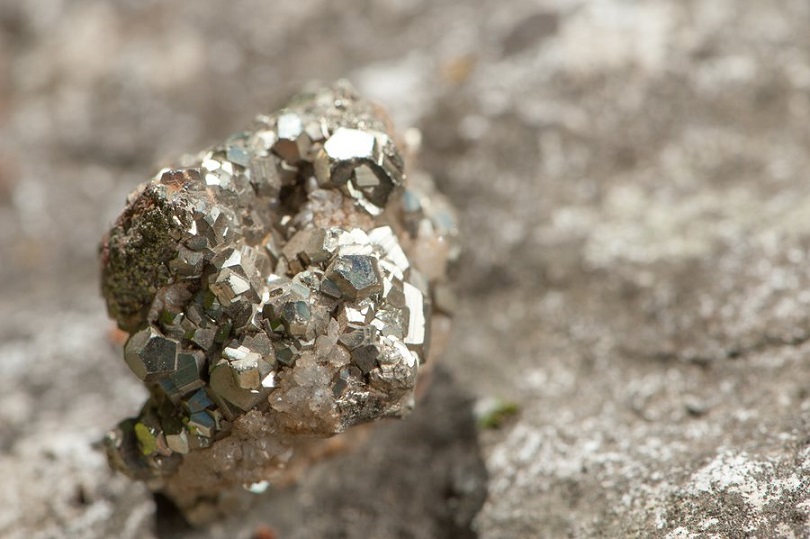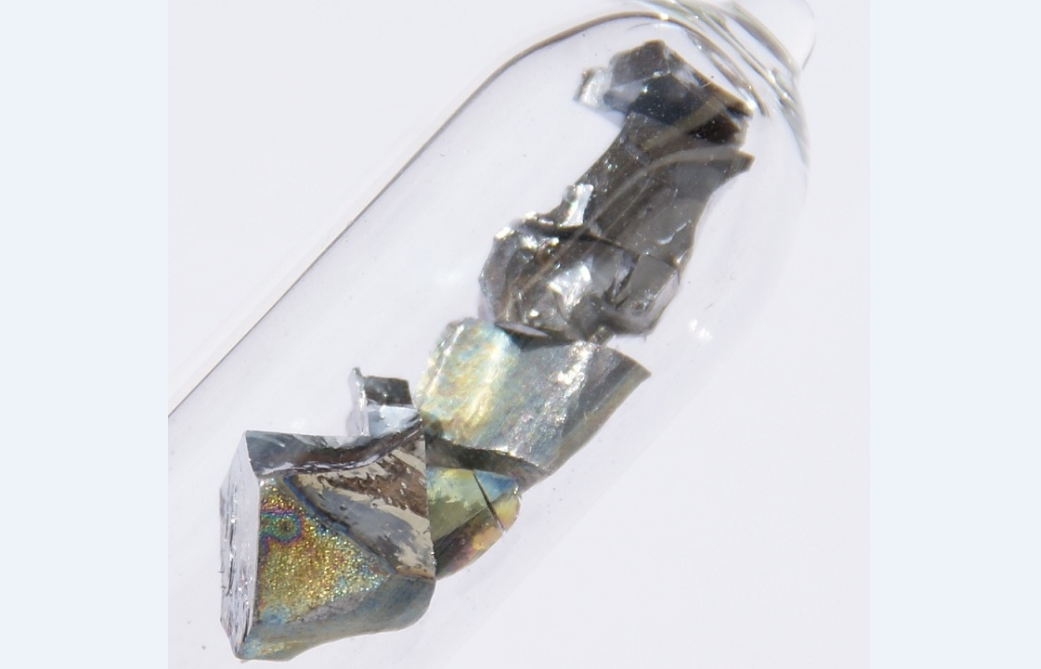The melting point of vanadium is about 1000 degrees lower than that of columbium, so there is much less interest in vanadium for high-temperature applications than in the abundant refractory metals.

4 Uses of Vanadium You Mightn’t Know Vanadium is a silver-gray metal with a high melting point and is often called refractory metal together with niobium, tantalum, tungsten, and molybdenum. Moreover, vanadium is malleable, hard, non-magnetic, and has the ability to resist hydrochloric acid and sulfuric acid. It has better gas, salt, and water corrosion […]
Tags: 4 Uses of Vanadium You Mightn't Know, Advanced Refractory Metals, Application of Vanadium, Applications of Vanadium, ARM, metal with a high melting point, Refractory Metals, The Uses of Vanadium in the Aerospace Industry, The Uses of Vanadium in the Chemical Industry, The Uses of Vanadium in the Field of Vanadium Redox Battery, The Uses of Vanadium in the Iron and Steel Industry, Uses of Vanadium, Uses of Vanadium You Mightn't Know, Vanadium Use, Vanadium Uses

6 Interesting Facts about Vanadium Vanadium is a silvery-white transition metal with the element symbol V. Vanadium belongs to the VB group in the periodic table, with an atomic number of 23 and an atomic weight of 50.9414. Vanadium has a high melting point of 1890 ° C, a boiling point of 3380 ° C, and a […]
Tags: Advanced Refractory Metals, ARM, Facts About Vanadium, Global Vanadium Production, Global Vanadium Resource Reserves, How was vanadium discovered and named?, Interesting Facts About Vanadium, Metal with High Melting Point, Refractory Metals, The Application of Vanadium in the Industry, The Effect of Vanadium on Human Health, The Presence of Vanadium in Nature, Transition Metal, Vanadium Facts

How Was Vanadium Discovered? Vanadium is a silvery-white transition metal with element symbol V, atomic number 23, and an atomic weight of 50.9414. Vanadium has a high melting point of 1890 ° C and is called refractory metal together with niobium, tantalum, tungsten, and molybdenum. Due to its excellent physical and chemical properties, vanadium and vanadium alloy […]
Tags: Advanced Refractory Metals, ARM, Chromium, How Was Vanadium Discovered?, Molybdenum, Niobium, Refractory Metal, rhenium, tantalum, The Discovery of Vanadium, titanium, Tungsten, Vanadium, vanadium alloy, Vanadium Element, Vanadium Metal, Zirconium

Why Is Vanadium A Transition Metal? The melting point of vanadium is about 1000 degrees lower than that of columbium, so there is much less interest in vanadium for high-temperature applications than in abundant refractory metals. Pure vanadium has only recently become available in quantities large enough for thorough studies of its physical and mechanical properties […]
Tags: Abundant Refractory Metals, Pure vanadium, Refractory Metals, Titanium alloys, Transition Metal, Vanadium, Vanadium A Transition Metal, vanadium columbium, Why Is Vanadium A Transition Metal?
Copyright © 1994-2024 Advanced Refractory Metals owned by Oceania International LLC, All Rights Reserved.